|
Guardians of the Skies, the official game of the Indian Air Force was launched about two years ago, and has gone on to be downloaded more than 3 million times, and won a couple of awards. Here is looking back at its story, which not only captures how it came into being and what went behind the scenes, but also a brief 'coming-of-age' of the small team which made it. You can get the game for Android, iOS and Windows. Why do we make games ?Games are supposed to be an escape from the reality, in a world of dreams. Where we can be what we wanted to be before we got caught up in the daily grind.
Intial effortsAs the first few of us got together in early 2013, we had limited experience in even basic 3D modeling, forget about making a full fledged game with all its programming challenges. We didn't even have an office, and weren't even located in the same cities. We anyway decided to learn things as we go along, and started with some smaller projects initially.
Everything was made in Blender - an open source 3D software. Blender's new GPU based rendering engine - Cycles was put to test by purchasing a second hand cycles compatible GPU installed in an old PC. Many shots were left to render overnight. The entire effort took about a month, and was released on 28th May 2013, the anniversary of the attack. The short was received very favorably, gathering about 100,000 views quickly, and we got great feedback from audience, and comments from veterans as well - and we decided to now combine 3D modeling with programming - and create an interactive game, where you not only see the story, but get to live it. 2. Operation Morning Glory By now we had sort of an office, a makeshift place, where for furniture we had few chairs, beanbags and a table, which also doubled up for meals during lunch. We had walls with newspaper stuck with tapes, so that we can put post-it notes on top as we generated ideas. Operation Morning glory was conceived during a meeting held over a mattress, where Sameer elaborated the concept and Bharat and Anurag digested with some samosas.
We got good feedback, and requests for a mobile game, so we decided to do a mobile port. The game proved quite demandeing on performance and was barely playable. We spent about another month tweaking the inputs, and optimizing the graphics, and finally made it playable on mobile. We decided to just release it for android, and see what we could learn out of it. With no marketing budget, the game on its own, pulled about 100,000 downlaods quickly. We realized we were on to something now. You can get the game here: Operation Morning Glory. Arrival of the Indian Air Force
The making of Guardians of the SkiesOnce the contract was awarded, after that it was literally lying taking off in a jet. The throttle was opened full blast, and it was not held back for the next 9 months till which the production lasted. By now the team had expanded to include more members, and immediately, the lead developers/designers became 'Centurions' - those who were putting in more than 100 hours a week - i.e, 7 days a week, 14 hours a day, notably Bharat, Joshua and Anurag.
Learning to fly While Sameer off course was a veteran of the IAF, and Anurag knew how to fly as well, the lead designer - Bharat had never flown, and he was in charge of designing the entire look and feel of the game, so it was important that he got a perspective from the air. So he was made to sit in a cockpit, and bounced around till he had enough. When he got out, he’d never appeared happier to have his feet planted firmly on the ground !
And in the HUD, there had to be a lot of controls and information, similar to what a pilot might be seeing, but it should not clutter the scene and not come in the in the way of the player. This was additionally compounded by the accuracy of flight controls – since the game was being made for a person who might have never flown before, yet the game was being testing for accuracy by fighter pilots who always demanded more and more accuracy of the flight envelope. It was a tight rope walk where flight controls were kept as a good balance between approachability and accuracy. Optimizations An added level of optimization which was required was keeping the target hardware in mind. The game was aimed at an Indian Audience, who had a budget phone and was vary of large download sizes as well. So that game had to be rich in graphics, without being heavy on download size or RAM and CPU consumption. A lot of optimization techniques were used, like
The workhorse of the entire production was Unity3D, here is a brief peek under-the-hood. Multiplayer version At that time, in Unity3d the support for multiplayer gaming was very limited and the game required a multiplayer mode which could be played on the local wifi without needed an external game lobby server. For this, a local multiplayer protocol had to be implemented, where one player created a game and the game broadcasted over a specific port its IP address, which another game over the same wifi network could find at attach to – a totally custom implementation. Release and receptionAfter a production run of about 9 months, where majority of learning was gathered by the team on the go, the game was finally ready to be released. The game was scheduled to release in December 2014, and was released by the Chief of the Air Staff – Air Marshall Arup Raha at IAF auditorium. The game has been received very well. It quickly rose to the top of charts, accumulating downloads. The first store where it crossed million downloads was the Windows App store. Android came next. To date, it has been downloaded more than 3 million times, with an average rating of about 4.3 on various app stores. Typically, games from the Scandinavian countries were featured in Indian Stores, now it was an Indian game getting featured in the Scandinavian and other app store across the world, including ahead of the games released by Disney, which had been a competitor in the IAF game’s bid. The user feedback was overwhelming. Some of the most rewarding feedback points where when people talked about how they felt like a real IAF pilot flying jets for their country, or how the game became a bonding point between a father and a son, or how someone who had once been a game but left, was brought back to gaming by this game. Awards and featuresFew of the several awards the game went on to win have been
Major learnings
EpilogueWhy we make games ? In our case, as a tribute to the Indian Armed forces.
Shortly after the game was released, the Indian forces launched a successful extradition of citizens stuck in the war zone in Yemen, coming to the aid of not only Indians nationals, but from other countries as well, for which they were justifiably applauded as heroes. Our games, are but a small acknowledgement and appreciation of our forces from a grateful citizenry. |
Follow updates
Categories
All
Archives
February 2017
|
SIGN UP FOR OUR NEWSLETTER
|
GET OUR APPS
|
|
|
|
|
CONNECT WITH US
|
|
|
|
All rights reserved. Threye Interactive Pvt Ltd. 2021

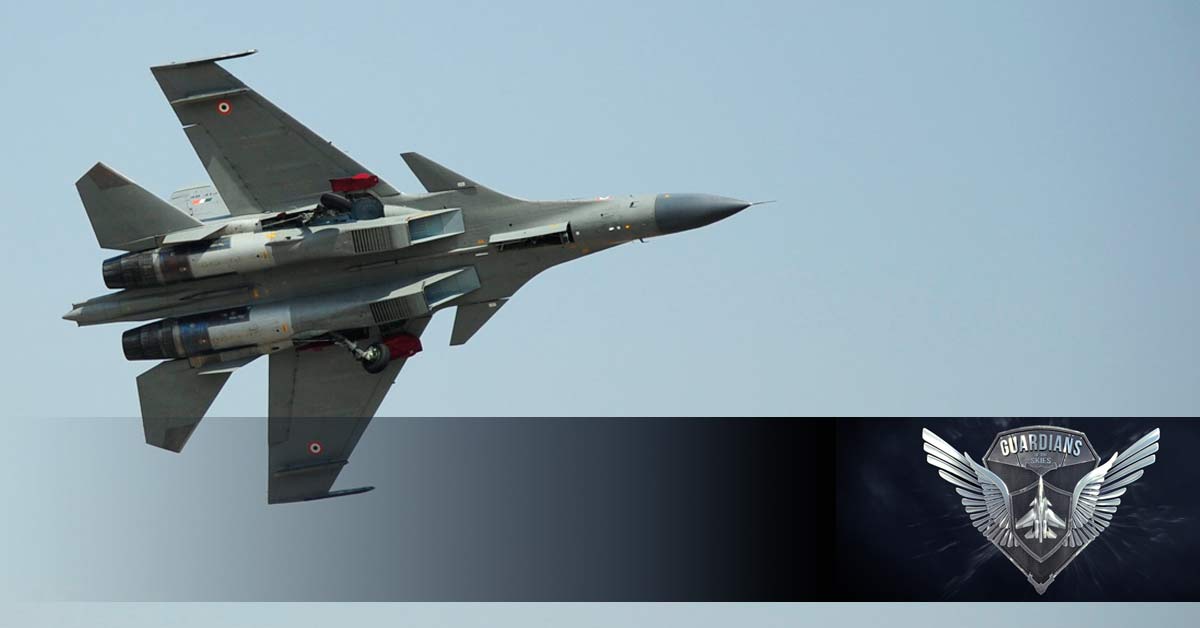
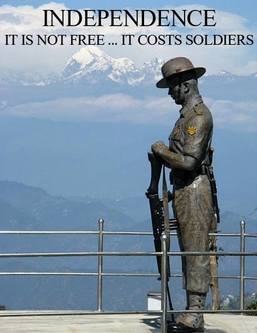

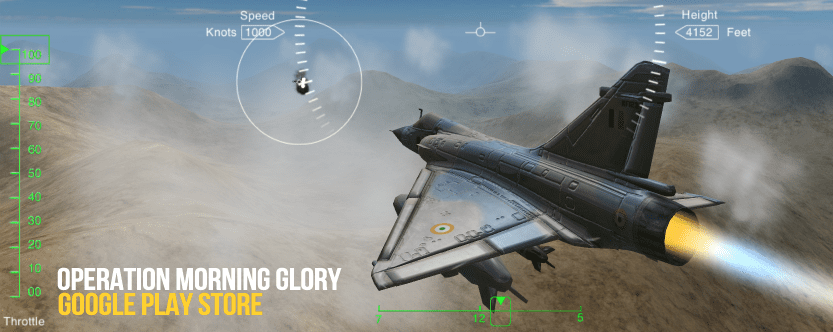
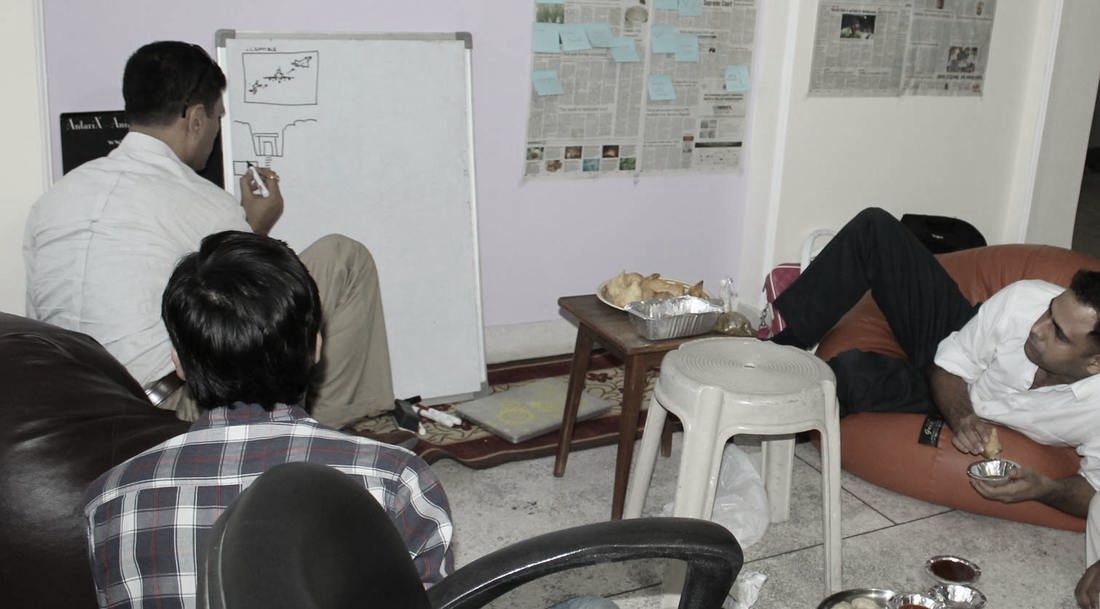
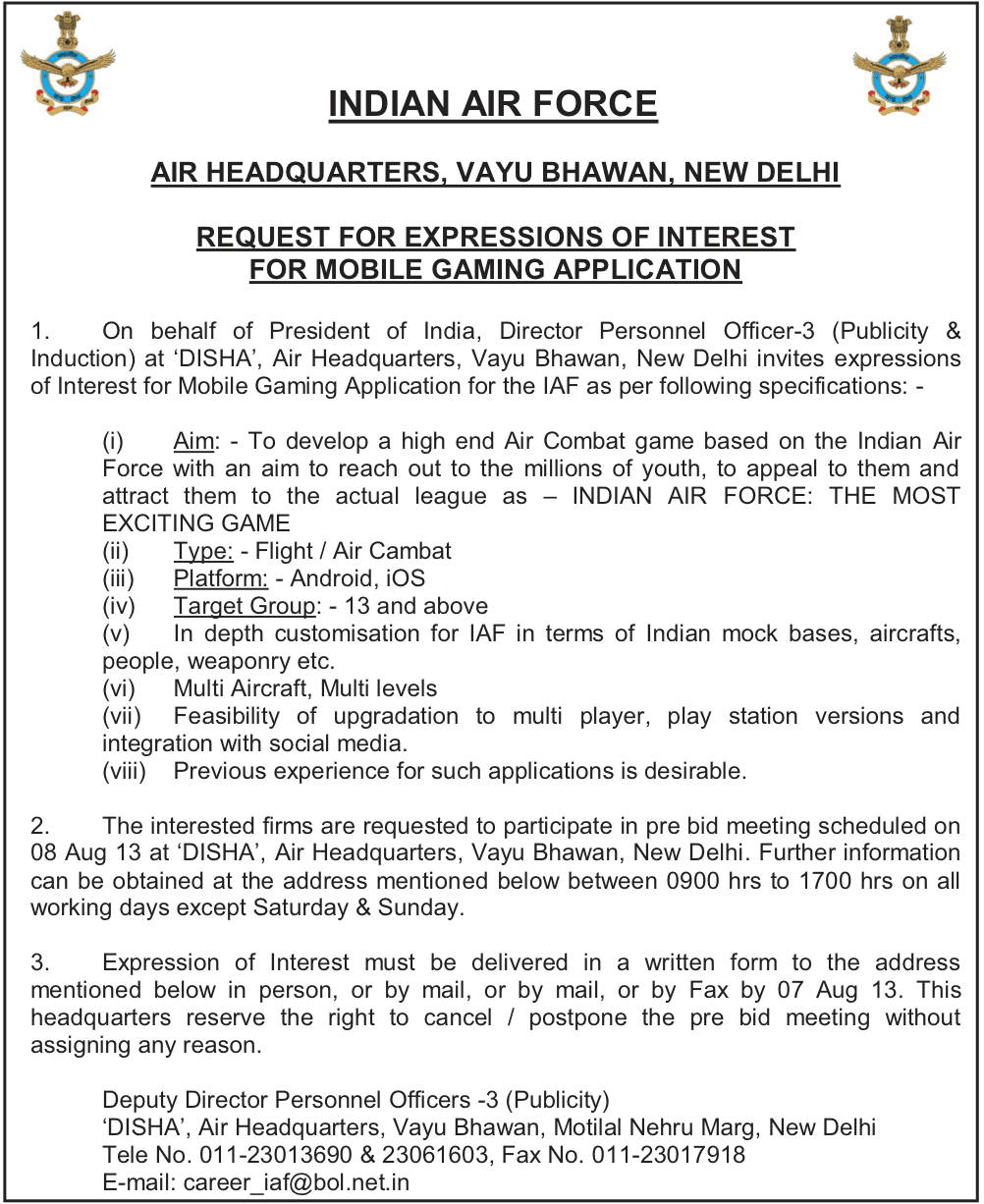
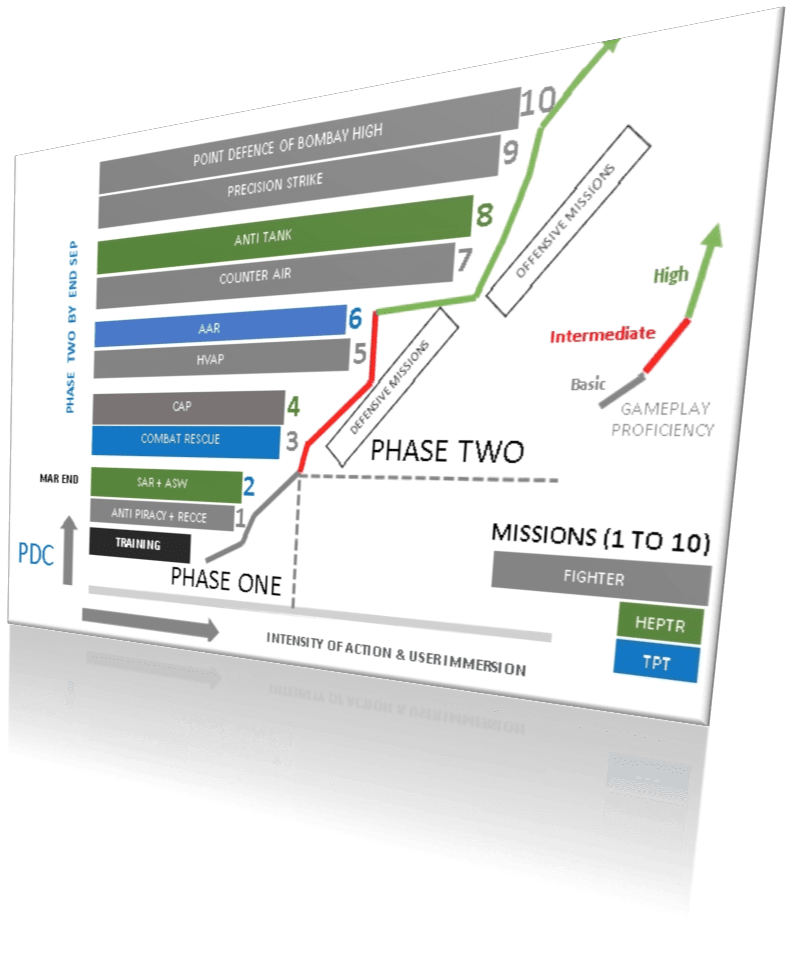
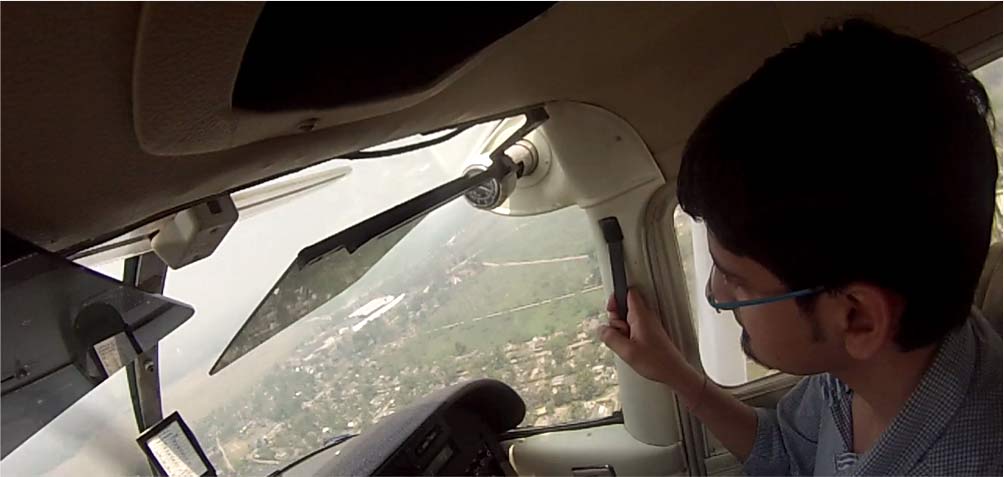
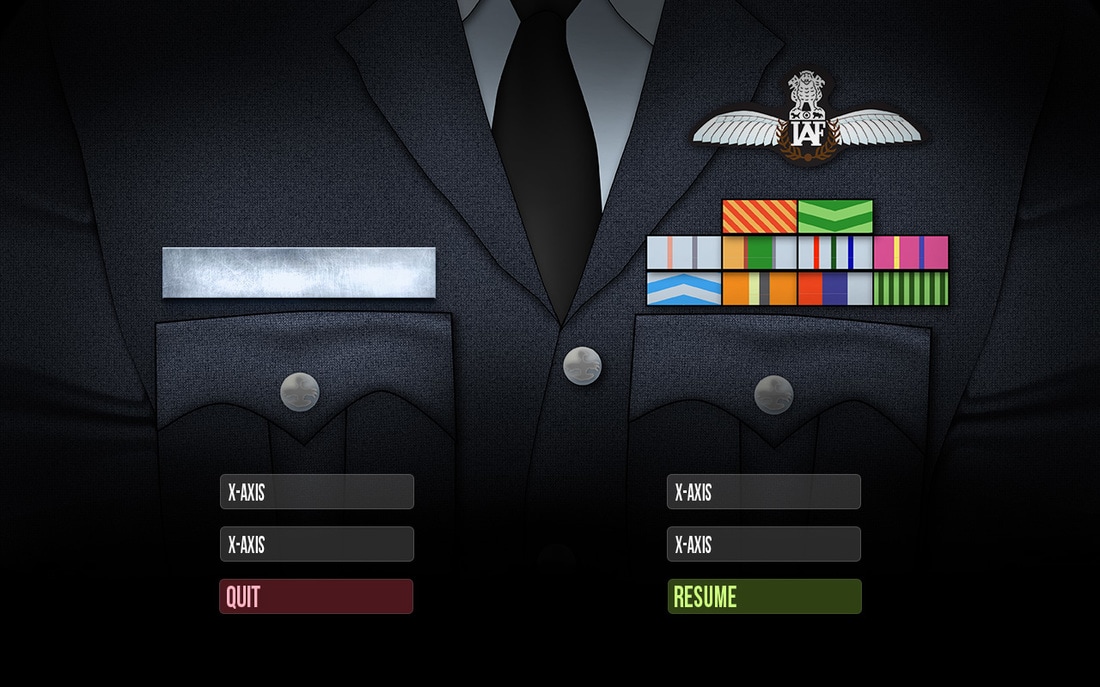
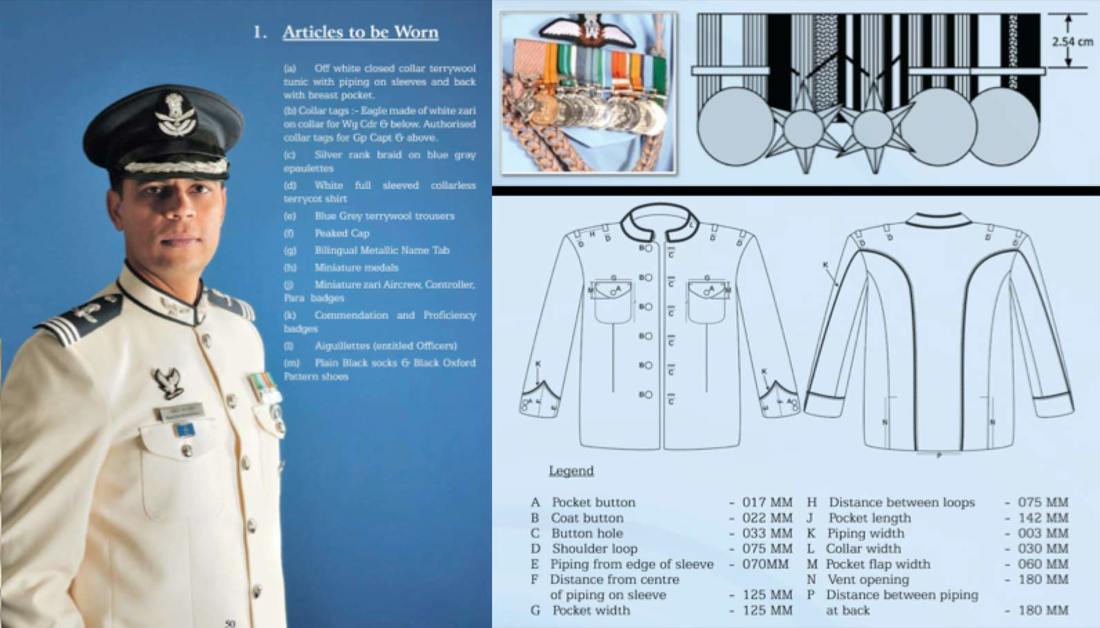
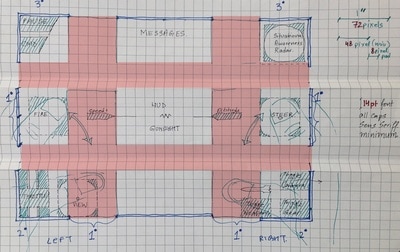
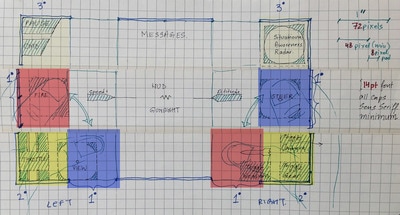
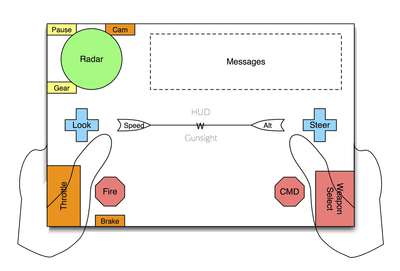
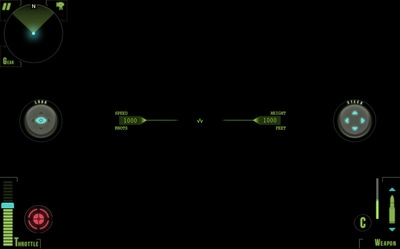
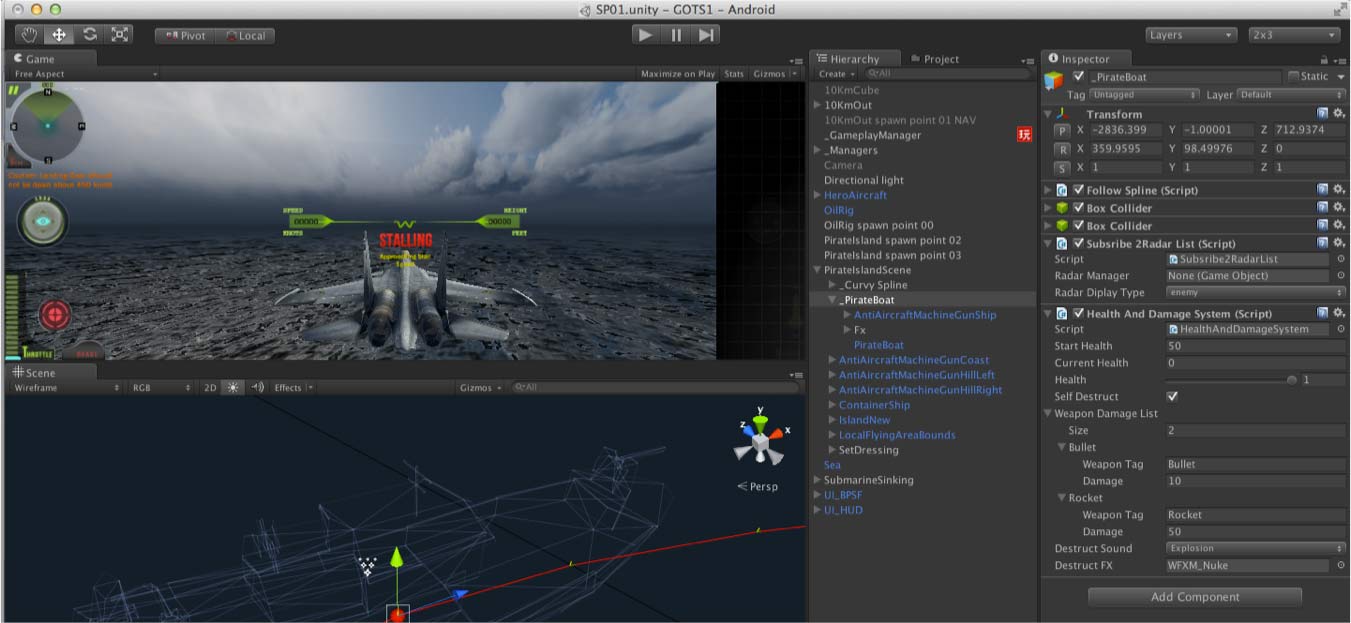
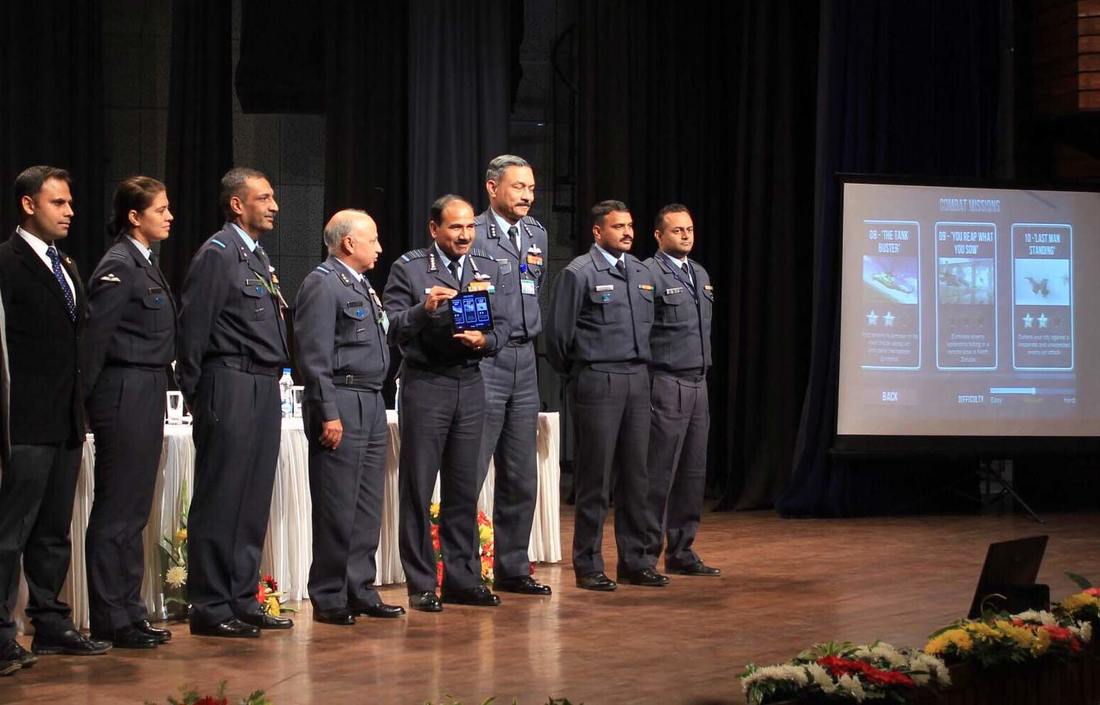


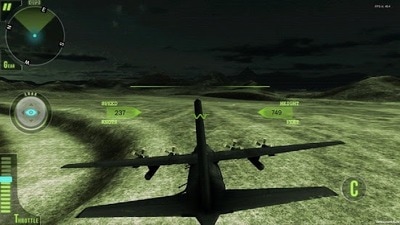

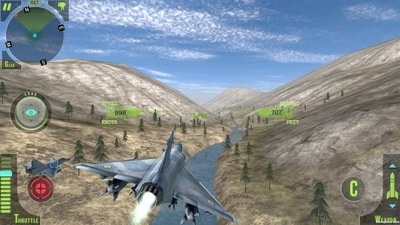
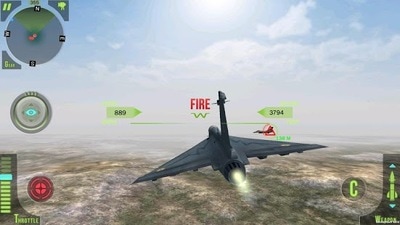
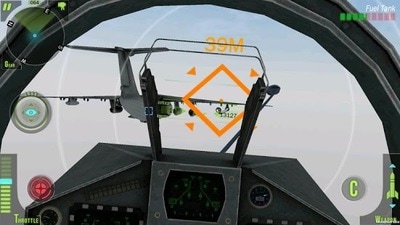
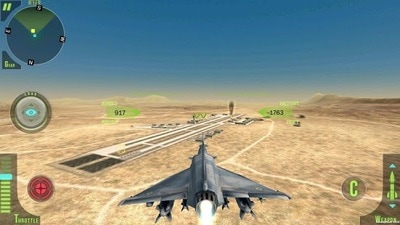
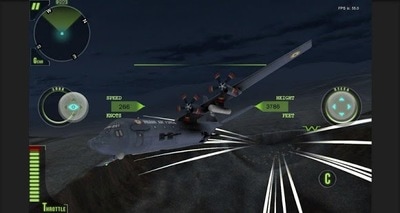
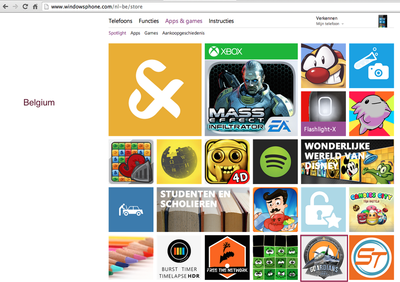
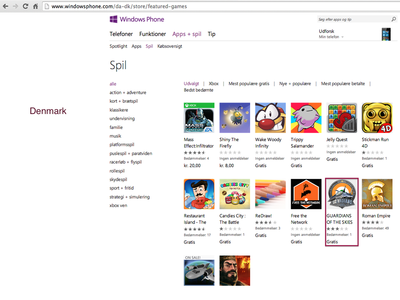
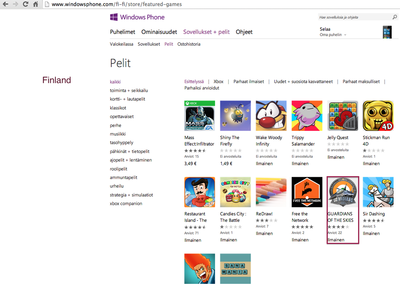
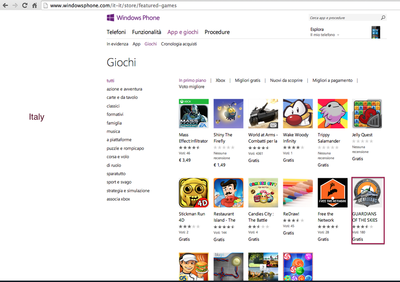
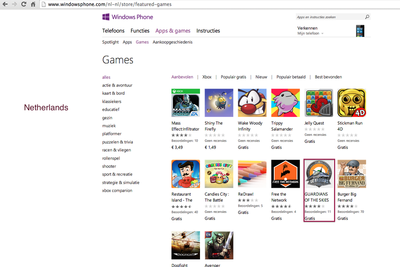
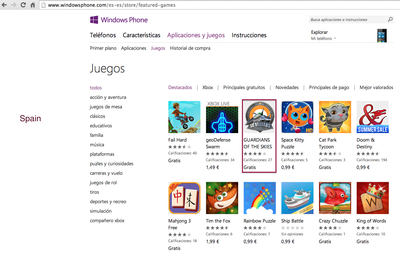
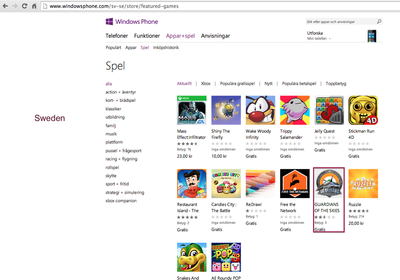
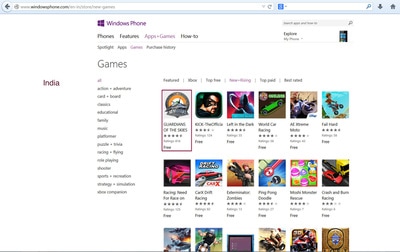
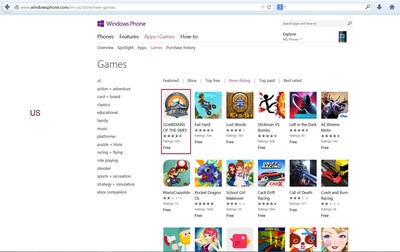
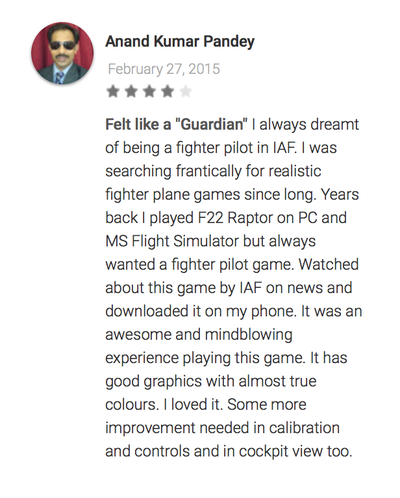
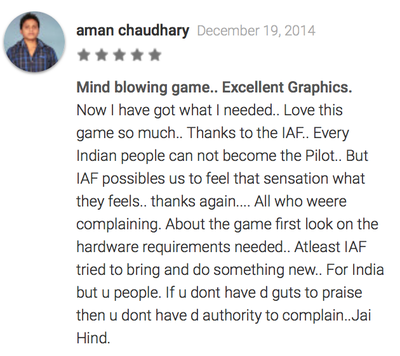
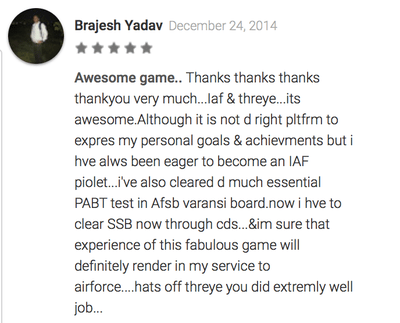
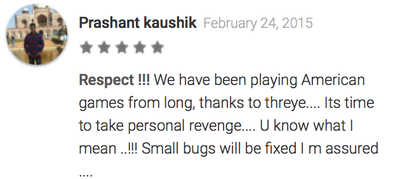
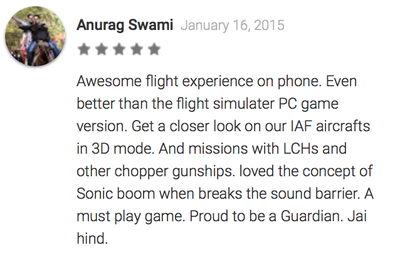
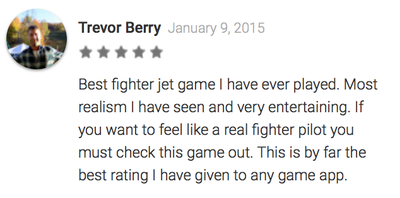
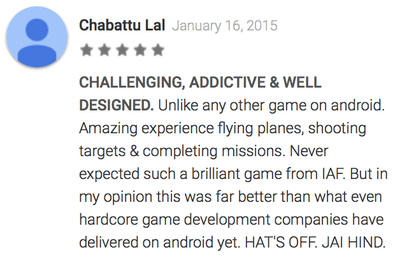
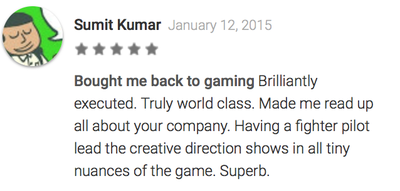
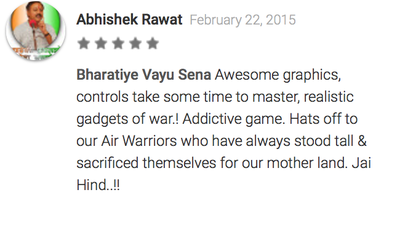
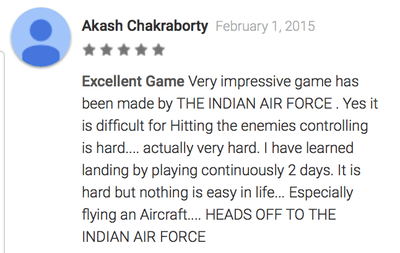
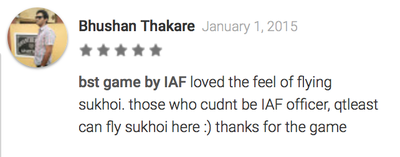
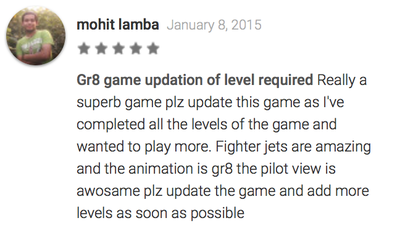
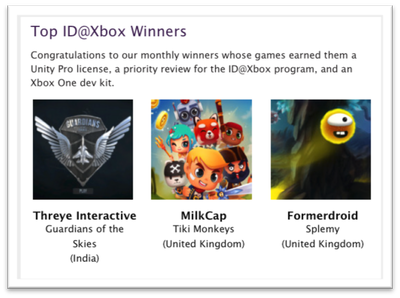
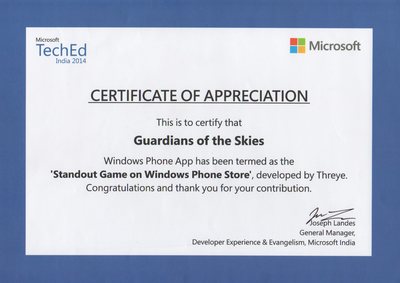
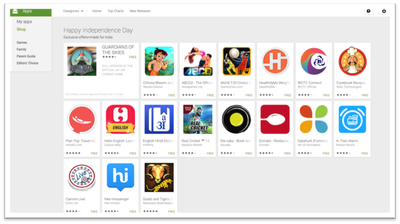
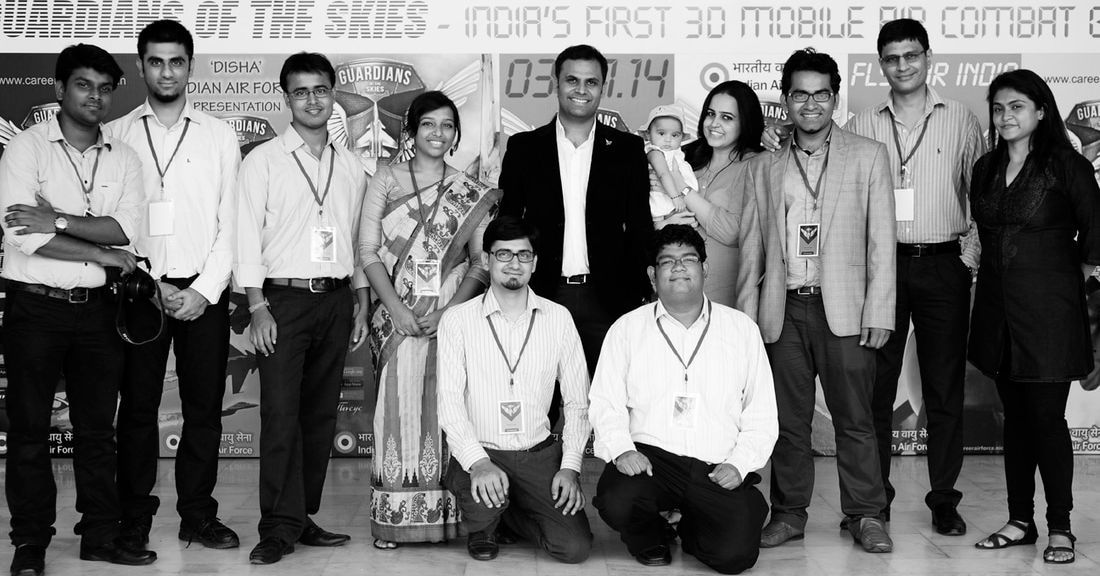
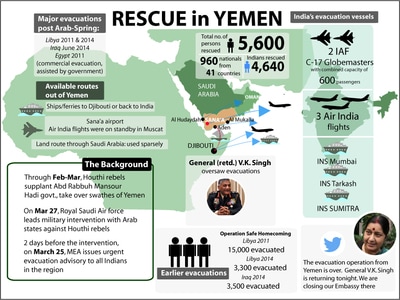
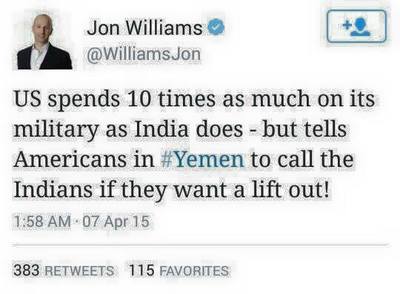
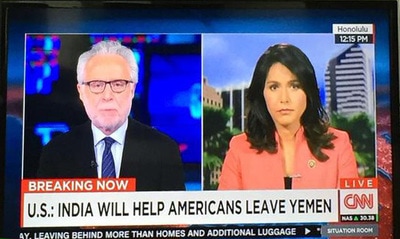
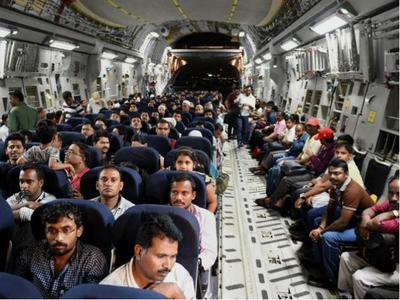
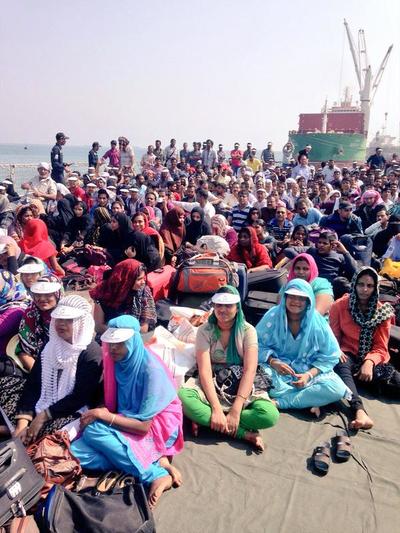
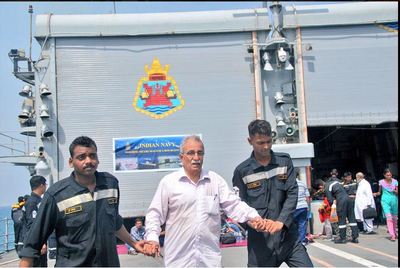
 RSS Feed
RSS Feed